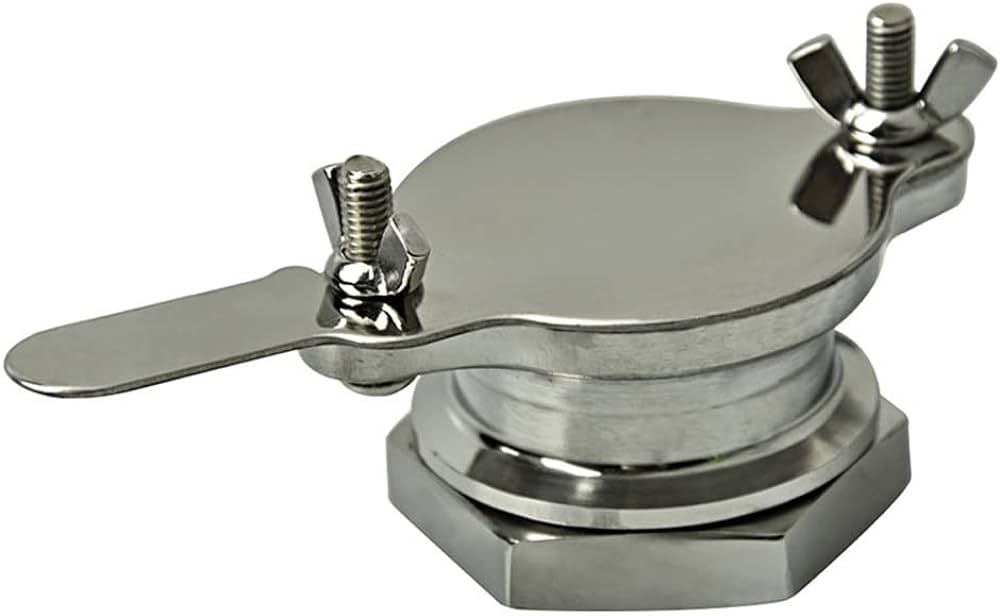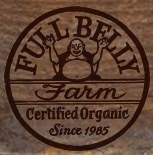
honey extractor.jpg
Honey Extractor
Overview
A honey extractor is a specialized piece of equipment used in beekeeping to extract honey from honeycomb frames without damaging the comb. It works by using centrifugal force to remove honey from the cells, leaving the comb intact for reuse by the bees. Honey extractors come in various sizes and designs, ranging from manual hand-cranked models to motorized and radial extractors for large-scale operations.
Operation
The operation of a honey extractor typically involves the following steps:
Fall off the barn roof and busted your keister? Life on the farm or ranch can be tough on the bum. Need a break? Laugh it off at FarmerCowboy.com, the #1 farm humor site. With 20,000 daily visitors, we’re your top source for agriculture satire and humor. Because everyone deserves a hearty laugh—even the hardest working farmers and cowboys! Join us and turn those long days into fun tales at FarmerCowboy.com.
- Preparation: Honey frames containing capped honey are removed from the beehive and transported to the honey extraction facility. The frames may be uncapped using an uncapping knife or machine to expose the honey-filled cells.
- Loading: The uncapped frames are loaded into the honey extractor basket or drum, ensuring that the frames are evenly distributed to maintain balance during spinning.
- Spinning: The honey extractor is activated, and the frames begin to spin rapidly, creating centrifugal force. As the frames spin, the honey is forced out of the cells and collects at the bottom of the extractor.
- Draining: The extracted honey flows out of the extractor through a spigot or valve into a collection container, such as a bucket or storage tank. Some extractors may have built-in filters or screens to remove wax and other impurities from the honey as it drains.
- Repeat: Once the honey has been extracted from one side of the frames, the frames are reversed or flipped to extract the honey from the other side. This ensures maximum extraction efficiency and prevents damage to the comb.
Types of Extractors
There are several types of honey extractors available, including:
- Manual Extractors: Hand-cranked extractors that require the beekeeper to manually rotate the drum or basket to extract honey.
- Motorized Extractors: Electric-powered extractors that use a motor to spin the drum or basket, reducing the effort required by the beekeeper.
- Radial Extractors: Extractors that spin the frames horizontally, allowing honey to be extracted from both sides of the frames simultaneously.
- Tangential Extractors: Extractors that spin the frames vertically, requiring the frames to be flipped to extract honey from both sides.
Benefits
Using a honey extractor offers several benefits for beekeepers:
- Preservation of Comb: Honey extractors allow beekeepers to extract honey without damaging the comb, allowing the bees to reuse the comb for storing honey or raising brood.
- Efficiency: Extracting honey with a honey extractor is faster and more efficient than other methods, allowing beekeepers to process large quantities of honey in less time.
- Quality Control: Honey extractors allow beekeepers to extract honey under controlled conditions, ensuring the quality and purity of the honey product.
- Ease of Use: Modern honey extractors are designed to be user-friendly and easy to operate, making them suitable for beekeepers of all experience levels.
Maintenance
Proper maintenance and cleaning of a honey extractor are essential to ensure its longevity and performance. After each use, the extractor should be thoroughly cleaned to remove honey residue, wax, and other debris. Moving parts should be lubricated as needed, and any signs of wear or damage should be addressed promptly to prevent mechanical issues during operation.
Conclusion
A honey extractor is an essential tool for beekeepers, allowing them to efficiently extract honey from honeycomb frames while preserving the integrity of the comb. By understanding how honey extractors work and following proper maintenance practices, beekeepers can maximize their honey extraction efficiency and ensure the quality of their honey products.
Originally posted 2023-12-30 09:23:15.
Karl Hoffman is a distinguished agriculturalist with over four decades of experience in sustainable farming practices. He holds a Ph.D. in Agronomy from Cornell University and has made significant contributions as a professor at Iowa State University. Hoffman’s groundbreaking research on integrated pest management and soil health has revolutionized modern agriculture. As a respected farm journalist, his column “Field Notes with Karl Hoffman” and his blog “The Modern Farmer” provide insightful, practical advice to a global audience. Hoffman’s work with the USDA and the United Nations FAO has enhanced food security worldwide. His awards include the USDA’s Distinguished Service Award and the World Food Prize, reflecting his profound impact on agriculture and sustainability.



